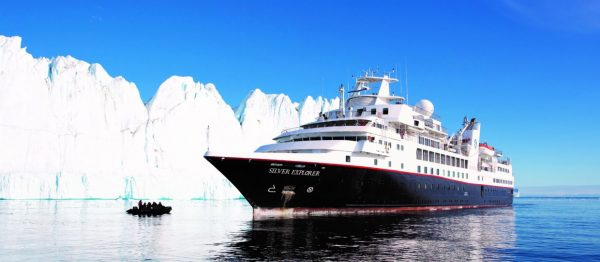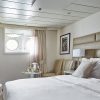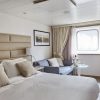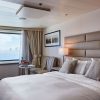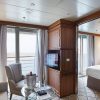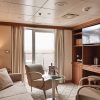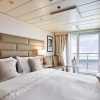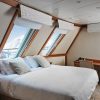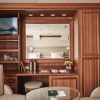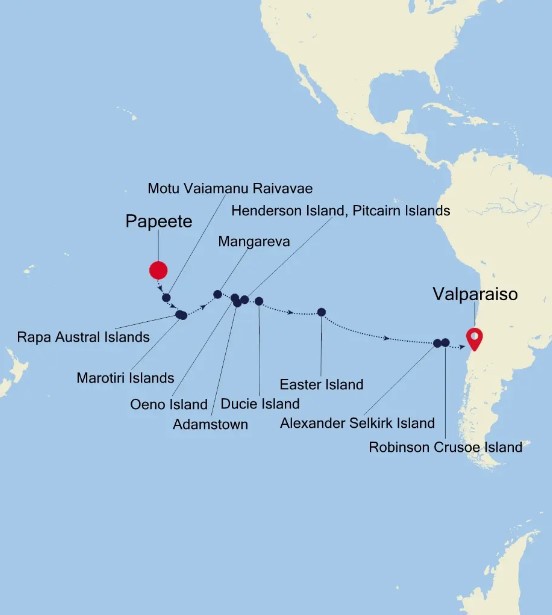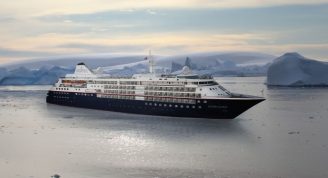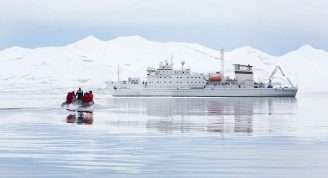Description
Claiming a UNESCO World Heritage Site, HMS Bounty mutineers’ history, plus bucket loads of island authenticity, this cruise is for the curious! Departing from the romantic shores of Valparaiso, sail off the beaten track the South Pacific. Tick off big hitters such as Easter Island, Adamstown and the Marquesas Islands but add more remote destinations too: Mangareva dor example. Bathed by vitamin sea, friendly expedition staff and age old traditions, this voyage is exceptional.
Trip Name
Valparaiso to Papeete (Tahiti) Luxury Cruise
Days
26
Overview
Vessel Type: Luxury Expedition
Length: 108 metres
Passenger Capacity: 144
Built / refurbished: 1989 / 2008 / 2018
Silversea’s purpose-built luxury Silver Explorer expedition cruise ship has been designed specifically for navigating waters in some of the world’s most remote destinations, including both of earth’s polar regions. A strengthened hull with a Lloyd’s Register ice-class notation (1A) for passenger vessels enables the Silver Explorer Expedition Cruise Ship to safely push through ice floes with ease. A fleet of 12 Zodiac boats allows Silversea Expedition guests to visit even the most off-the-beaten path locations and an expert Expedition Team provides insight and understanding to each unforgettable Silver Explorer luxury cruise adventure.


